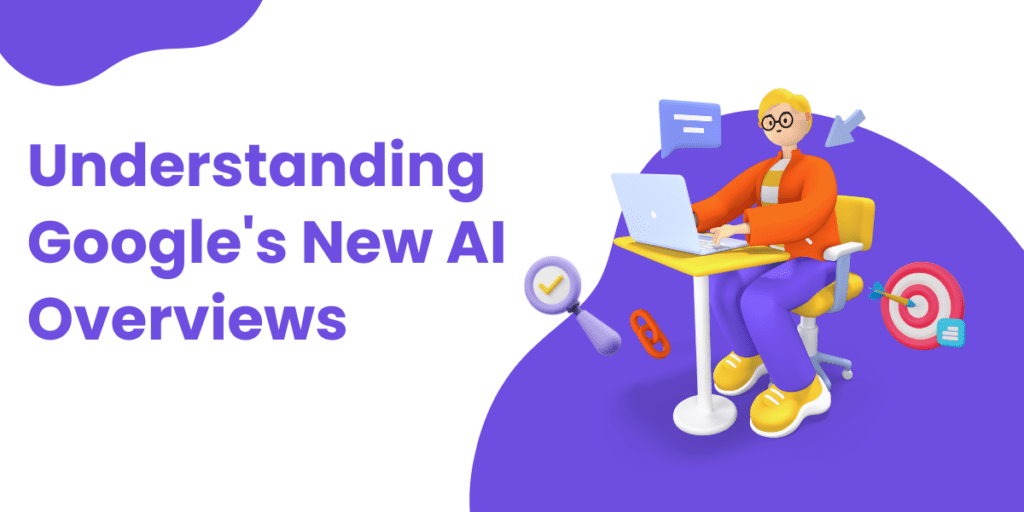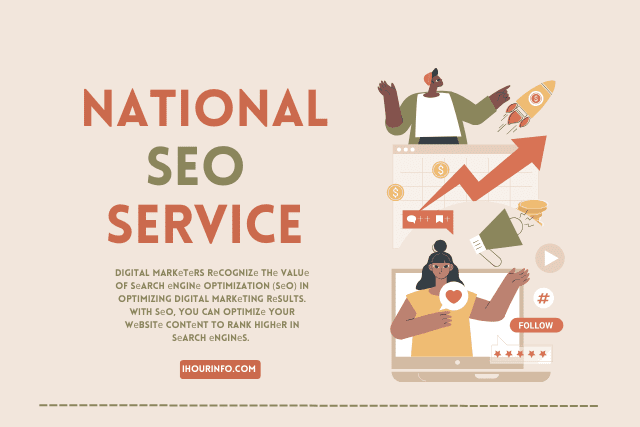
Google has introduced a new style of search results called AI Overviews. This layout is more colorful and dynamic than before. Sometimes it showcases products, sometimes it links to websites or Google My Business listings. While many people don’t like this new overview yet, it’s important to understand how it works and how you can get your blog, listings, or products featured in it.
In this article, I’ll explain three ways to make your content appear in the AI Overview section, and I’ll also cover some important things you should keep in mind.
Why AI Overviews Matter
As SEOs or bloggers, we may not like the change, but the reality is that our traffic still comes from Google. This is where the users are, and most of them don’t even know what “AI Overview” means. They’ll continue using Google just as they always have, whether they notice the new design or not.
The name might change, but user behavior rarely does. People still use Google to find products, services, and answers—regardless of the layout. So, instead of resisting the change, it’s better to adapt to it.
Change Is Normal in Marketing
Change is a constant in marketing. If you’ve ever spoken with a senior marketer, they’ll tell you how platforms have evolved—from newspapers and radios to TV, and now to the internet. Marketing has never stopped. Ads have simply moved to wherever people are spending their time.
The same goes for SEO. It has gone through several changes—from the days of link pyramids and Ezine articles to today’s focus on things like Core Web Vitals. In earlier days, no one cared about page speed or structured data. Today, these things are essential.
Yes, AI has increased the speed of change. But that’s okay. We’re not going back to how things were. So, if you’ve been doing SEO the same way for the past 3–4 years without updating your approach, you’re falling behind. You need to keep learning and adapting. Those who do, will continue to grow.
How to Rank in AI Overview
If your goal is to get featured in AI Overview, you need to understand how Google generates it. The content shown in AI Overview is created using three key elements:
- Google’s Knowledge Vault
- Google’s Ranking Signals
- Google’s Gemini (LLM model)
Let’s look at each one in detail.
1. Google’s Knowledge Vault
The Knowledge Vault is a project by Google that gathers information about people, places, and things from across the web. It doesn’t just index pages like the traditional search index—it understands and stores facts as entities.
The Vault connects related information. For example, all information about bikes will be linked to Royal Enfield and KTM. Similarly, car brands will be grouped together. It works like a web of connected facts.
Because this data is extracted from unstructured sources (like normal website content), there can sometimes be mistakes. For instance, if a singer repeatedly calls himself “your boy” in songs, Google might wrongly assume he’s a child.
So, how do we make sure Google understands the context of our content?
We use structured data and external links to confirm the meaning of certain words. Let’s say you’re writing about “Mumbai.” To help Google recognize it as the financial capital city of India, you can link the word “Mumbai” to its Wikidata page (not Wikipedia). Wikidata is an open-source database that feeds both Wikipedia and Google’s Knowledge Vault.
To do this:
- Go to https://www.wikidata.org
- Search for “Mumbai City”
- Copy the correct URL from Wikidata
- Use that as the external link in your content
This helps Google confirm that the “Mumbai” you’re mentioning is the same one in its database.
2. Google’s Ranking Signals
Google uses about 200 known ranking factors. While it hasn’t published a full list, it has officially shared 19 confirmed signals that influence search rankings.
Each time Google ranks a page, it considers a few of these signals—like page speed, content quality, user engagement, and more. Not all signals apply to every query.
To optimize your website, you need to align your content with these ranking signals. I’ve explained each of these signals in a dedicated video playlist. If you’re serious about SEO, you should go through that to understand how to optimize for all 19 signals.
3. Google’s Gemini (LLM)
Google’s Gemini is its own large language model. It understands the user’s search intent, matches it with data from the Knowledge Vault, and cross-checks it with fresh content from websites already ranking.
It uses this combined information to generate the most helpful answer in the AI Overview. This answer is often a mix of structured knowledge and recent updates from the top pages.
While AI Overview is still being criticized for errors, Google is improving it over time. The quality of answers will get better. And when that happens, if your page is already optimized for knowledge vault and ranking signals, you’ll benefit by being featured more often.
Why You Should Still Care?
Some people think that AI Overview reduces direct website traffic. That might be true in some cases. But where else will people go? DuckDuckGo has less than 1% market share. Bing is hardly used. Google still owns 98% of the traffic.
So even if you’re unhappy with Google, your users are still there. Your job is to serve them. You can’t ask your visitors to start using Bing just because Google changed its layout.
If more search engines become popular in the future, great. We can optimize for those too. But until then, your focus should be on Google.



